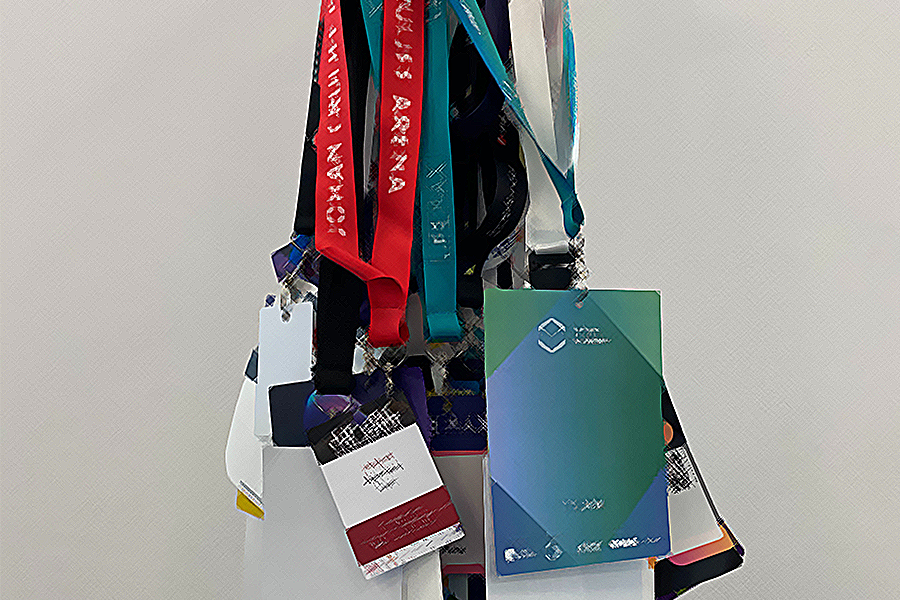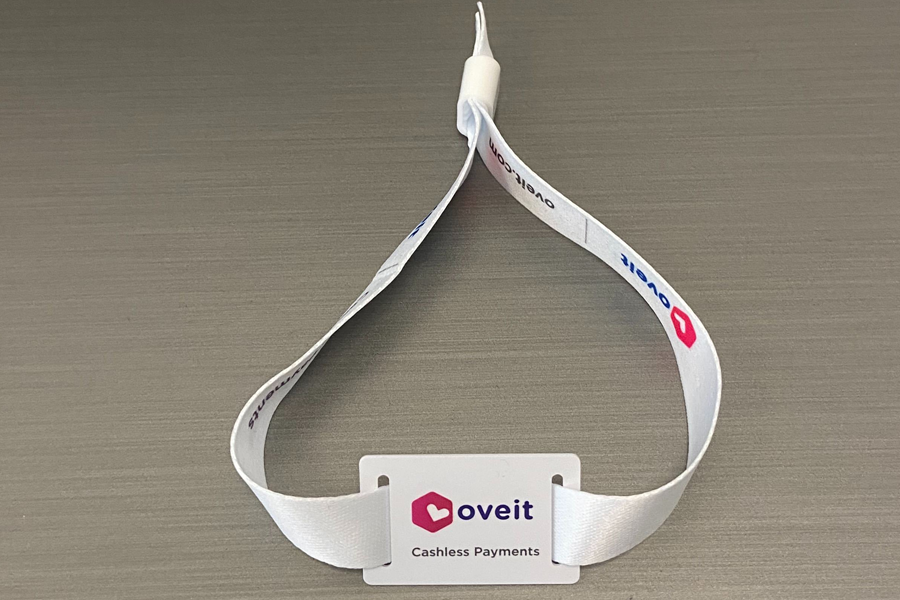We’ve all heard of User Experience and Customer Experience, two terms that helped industries focus on what really counts. Today I want to talk about Attendee Experience, the term that shares a truth we can not ignore: all efforts of the event industry professionals should be focused on the attendees’ experience.
There are multiple interpretations of the “Attendee Experience” term, all equally important and explanatory. But to better understand it I would like for you to see it as the overall experience attendees walk out with. And this overall experience is influenced by every interaction they have. With organizers, sponsors, exhibitors, and other attendees. It’s also the sum of interactions they have with your event “as a thing”. The way you communicate, the apps that you use the venue your event takes place at, the chair they sit in, the food they taste.
In other words, it’s what they feel when they think of your event.
If we agree that Attendee Experience represents the sum of the interactions attendees have with your event (direct or indirect), then we can also agree that the experience starts before the event takes place. And it doesn’t end once your event is over. In order to make it easier for us to follow attendees through their whole journey, I will divide AX into two categories:
on-site: it refers strictly to the on-site experience and how you can improve the experience during your event
off-site: the way you influence the attendee experience before and after your event takes place
As you will see, these two categories are well related.
Off-site attendee experience. Before and after the event
before
The first interaction takes place the first time your future attendees hear about your event. It’s late 2019, so no matter how they hear about your event they will definitely search online for more information. This is why it is important that your website makes a good first impression. Otherwise, we may talk about the last impression.
Registration is a crucial step. This should be a flawless process that encourages attendees to register, so use a smart tool that allows you to sell tickets directly on your website. Collect attendee data, but let them know why and how you are planning to use that information. And I would strongly recommend you to use this information in order to create a better experience.
Don’t spam your future guest (even if they allow you to), but keep them informed. Notify them as soon as possible over any changes that may occur. Event apps are a great way to keep your attendees engaged. Integrate it with the registration software in order to make it easier for them to access the app and gain access to your pre-event content.
after
Your relation with your visitors should not end once they walk out of the door. After all, your event should be just one piece of the bigger puzzle. “What puzzle” do you ask? Maybe you’re not but hey… I’m writing this. You know: multiple events, event community, happy people that change the world we live in, the things that made you become an event professional.
Post-event communication is a crucial key when building a community around your work. Personalized follow-up emails(and by this I don’t mean the classical “Hello, name of attendee” newsletter), access to registered sessions from the event, top of the notch recommendations for other study materials, things that will make people feel your interest towards them. Those are the fine touches that will boost the overall experience.
During the event
Why a job in the event management industry makes you feel like you ride a roller coaster on a daily basis? It’s because time has a different value in this line of business and thousands of hours of hard word resume to just a few days of implementation. The show must go on should be the motto, during the event you need to be able to fix things on the go. Fix them first, you will have time to check why you needed to fix them afterward.
What makes an event memorable? If it would be to choose just one thing I would definitely choose “Content” as my answer.
I was part of a few events during the last 2 or 3 years* and had the chance to see things for myself; good content is crucial, there’s no doubt here, so regardless of your event’s theme you will need to find someone that can curate it. But guess what: good content is nothing without a good presentation (packaging matters!) and you don’t need to take my word for it.

But let’s focus on things that are 100 % up to you and your team. And on how Oveit can help you, of course. I won’t talk about all of our features, you can read more about them in some of our previous articles. The one feature that will totally change the attendee experience is the one that will allow attendees to stay focused on what really matters to them. Networking, useful content, discovering interesting exhibitors. That’s why we keep on talking about our NFC feature. It allows us to pair the ticket to an NFC wristband and attendees can use it for access, payment, engagement, gamification, and more.
It works like this:
Our e-tickets are more than just tickets, they are as powerful as digital accounts. They store all the access credentials. And one ticket can store an unlimited number of different access credentials. The extra benefits you want to include. They work as digital wallets if you choose to use a cashless payment solution. And also allow attendees to share their information if they choose to interact with exhibitors or to participate in treasure hunts or other forms of gamification.
When attendees first arrive the e-ticket is paired with an NFC wristband and all their interactions become simple taps. Tap and pay, tap and play, tap for access, tap and interact. No need to store tokens, multiple QR codes, no need for them to manually input their information in order to be contacted by exhibitors or sponsors. Just pair the ticket with our smart wristband and let technology do it’s magic! Won’t go into the tech details, but let us know if you want to know more about it.

Engage the Five Senses
Content is the King, technology is the Queen, but don’t forget that our 5 basic senses help us better understand our surroundings. They also play a key role in setting up our mood. Here is what you should remember:
Sight – we are attracted by the beauty, so an outstanding venue will set a good start for the day
Touch – texture, and temperature. Maybe there is nothing you could to do regarding the texture, although you could consider this when choosing the badges or the wristbands. But for an indoor event, you could make sure that the temperature is just perfect.
Smell – there is a reason why when a real estate agent shows you a new house it somehow smells like freshly baked cookies and roasted coffee. You could use the same technique to make guests feel comfortable.
Taste – food and beverages; should offer various choices and consider that some of your guests have dietary restrictions. Registration forms are a good way to collect this information.
Sound – the sound needs to be perfect during the presentations. Not to mention if you are organizing a concert. But you can also use sound to energize attendees and give them the vibe that you want.
There are many ingredients for creating a better attendee experience and although things will never be perfect we can genuinely do our best in order to create an unforgettable event. And any small thing that can be done better will assist us in reaching our ultimate goal: the sparkle in people’s eyes when they come and congratulate us for our outstanding work.

